52 cards.
White back.
The jack of clubs bears: "Administ. Des Contrib. Indir. 1816" on the shield and the cardmaker's name "GATTEAUX" in the center. The fleur-de-lis is replaced by a small rosette (Louis-Philippe I era).
A few cards are included (not the face cards), one with a colored back.
It is very rare to find this kind of complete deck.
Important and symbolic in the history of cardmakers because it was Napoleon who, after the Revolution, wanted to redesign the traditional French playing cards.
"After the Revolution, once Napoleon had assumed power, he wanted to redesign the now outdated Revolutionary cards with one single pattern to be used throughout France. For this task, he commissioned the artist Jacques-Louis David, whom he had appointed as official painter of the Revolution in 1804. Lacking imagination, David employed the traditional names for the kings, namely Charlemagne, Caesar, Alexander, and David; with their wives as queens and generals as jacks. Although David gave Napoleon the honor of posing as Caesar for the King of Diamonds, Napoleon was not entirely satisfied with the designs. He then commissioned Gatteaux to come up with a new standard pattern." Gateaux's designs were finished in 1811, and his court cards are named: kings - Charles, David, Caesar and Alexandre; queens - Abigail, Hildegarde, Calpurnie and Statira; jacks - Azael, Ogier, Curion and Parmenion. Unfortunately, these cards were not popular and in 1813 Gatteaux redrew the familiar Paris pattern, with the tried and tested court names of hearts: Charles, Judith and Lahire; clubs: Alexandre, Argine, and Lancelot; diamonds: Caesar, RACHEL, and Hector; spades: David, Pallas and Hogier. The first publication of the design in 1813 has the jack of clubs holding a shield with the inscription Administ des Droits Réunis 1813 and the name Gatteaux. Other dates to appear on this shield are 1816, 1827 (when the courts became double-ended) and finally 1853 [as in the present deck].The 1853 date was used for a number of years, after which the date on the shield finally disappeared. Napoleon Although's attempts at introducing a new card design failed, as a subject for the court cards he himself was not forgotten I..." (Sylvia Man, Collecting Playing Cards (1966).










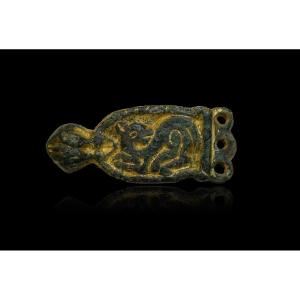
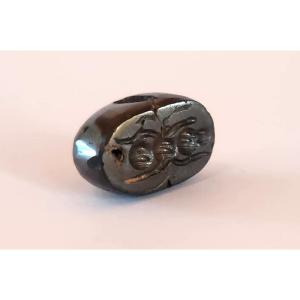
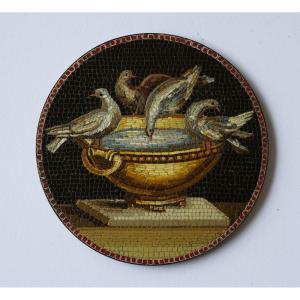


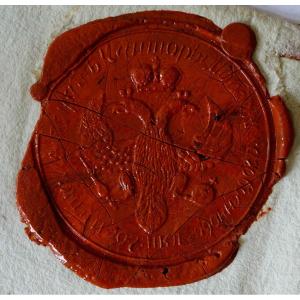




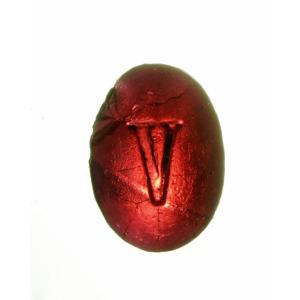










 Le Magazine de PROANTIC
Le Magazine de PROANTIC TRÉSORS Magazine
TRÉSORS Magazine Rivista Artiquariato
Rivista Artiquariato